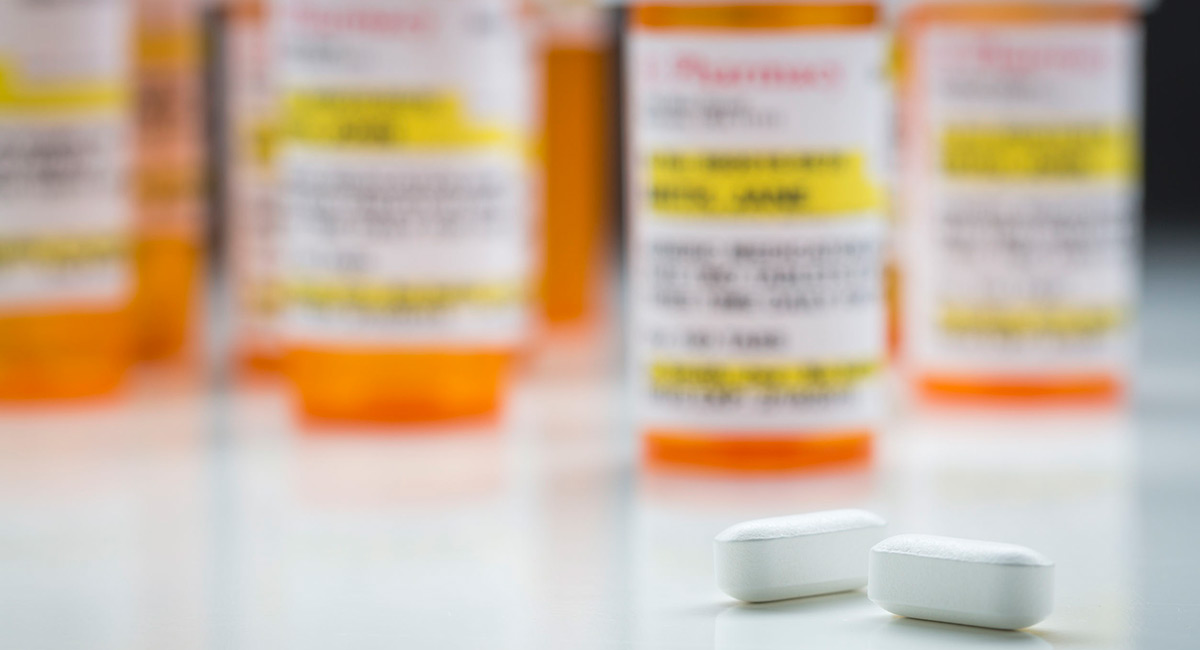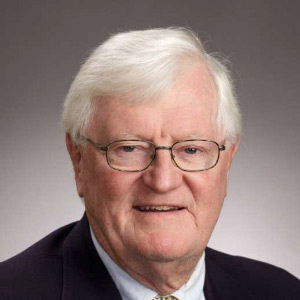In some quarters President Trump is being skewered for pushing the drug hydroxychloroquine to counter COVID-19. Sen. Kamala Harris (D-Cal.), for example, chastises Trump for “pushing this drug.... He’s got to stop—we don’t want a drug pusher for president.”
She doesn’t know it, of course, but this drug is saving unknown numbers of patients who might otherwise die.
Dr. Anthony Fauci, the director of the National Institute of Allergy and Infectious Diseases is not categorically opposed to the drug but suggests some resistance to its use. He frequently cites the Food and Drug Administration’s mandate that before a drug can be generally prescribed, it must clear three sets of clinical trials to prove that it’s safe and effective. This usually takes one to one-and-half years and requires randomized, double-blind, placebo tests. Too bad for the patients who get the placebo.
But patients are dying today; they need at least the possibility of help now, not in a year or so.
In contrast to critics, Dr. Joshua Rosenberg of Brooklyn Hospital Center concedes, “I’m not faulting [President Trump] for pushing it even if there isn’t a lot of science behind it, because it is, at this point, the best, most available option for use.”
Similarly, New York Gov. Andrew Cuomo announced he would ask Trump to increase the supply of hydroxychloroquine to the state’s hospitals.
And I heard Dr. Marc Siegel say that a 96-year-old man had called him to report he was quite ill. Dr. Siegel recommended that the man take hydroxychloroquine, which he did—reporting the next morning that he felt perfectly fine. That man, says Dr. Siegel, “was my dad.” Now, as Dr. Fauci would say, that story is “anecdotal,” but the drug was recommended by a doctor, and it worked.
Dr. Fauci has argued, “We need to do the kinds of studies that definitely prove whether any intervention ... is truly safe and effective.” That argument is shortsighted: I take two prescription maintenance drugs, each of which comes with a list of the drugs’ adverse effects or contraindications. The lists are a proverbial mile long. If I were a hypochondriac and took each contraindication seriously, I wouldn’t use the drugs.
Or take the miracle drug, penicillin: the list of adverse effects runs for pages. One, for example, reads: “The most common reactions to oral penicillin are ... anaphylaxis.... Anaphylaxis can also happen leading to shock or death. It occurs in 5-10% of those receiving penicillin.” That is a long way from “truly safe.”
A constitutional argument can also be made in support of giving hydroxychloroquine to a COVID-19 sufferer. If we have a constitutional right to defend ourselves against an attacker, why can’t we have that same right when the attacker is the coronavirus? Years ago I witnessed Chief Judge Douglas Ginsburg of the U.S. D.C. Circuit Court of Appeals argue: do we have a constitutional right “to eat meat” when the Constitution is silent on the matter? It is silent on drugs, but that does not mean we can’t take them. It is a right recognized by the Ninth Amendment: “The enumeration in the Constitution, of certain rights, shall not be construed to deny or disparage others retained by the people.”
Finally, it must be emphasized that the FDA has approved hydroxychloroquine as safe for patients with malaria, lupus, and arthritis. Using it for COVID-19 would be off-label, yet about 20 percent of all drug usage in the country is off-label.
Cheers to President Trump for pushing a drug that saves some patients’ lives.








